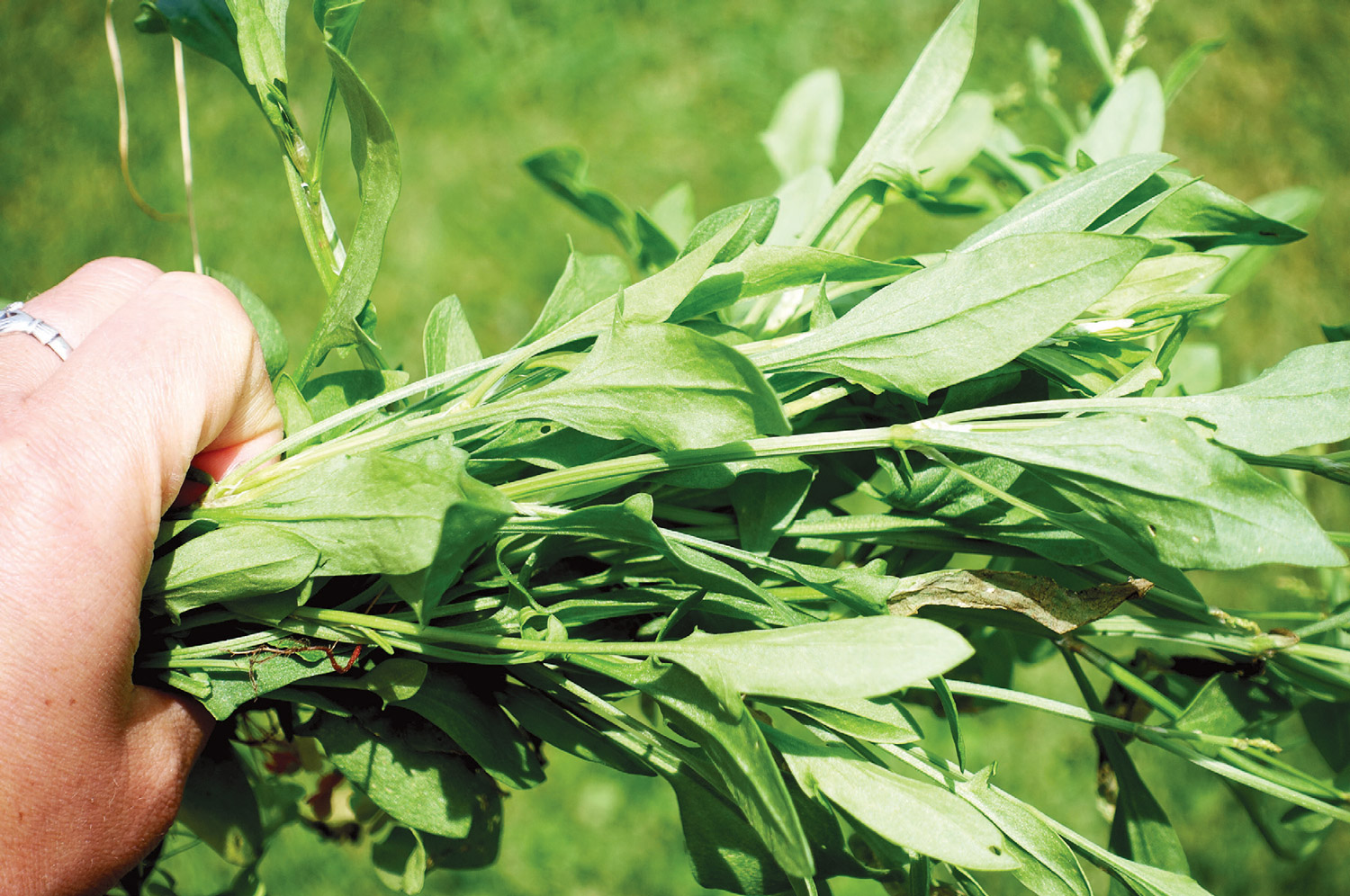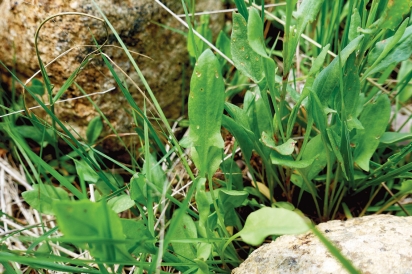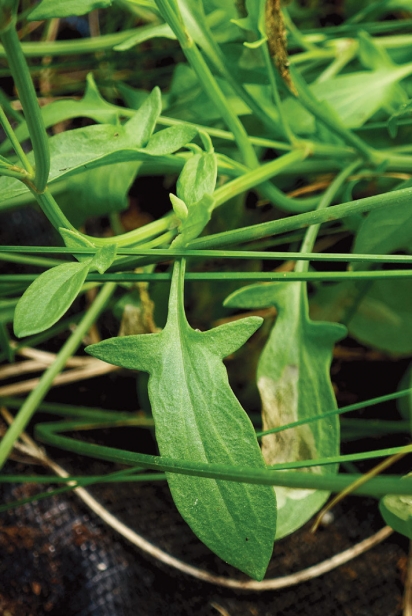Eating Wild: Tart and Tangy Sheep Sorrel
Of the five basic flavor profiles — salty, sour, bitter, sweet, and umami — I generally deem sour to be a cut above the rest. Give me a tart citrus fruit or a big bowl of pineapple over cookies and cake any day. I will load a plate up with sour cream or yogurt alongside entrees whenever they are offered. My drinks are ordered with a side of lime wedges, knowing that nothing will ever be prepared as acidic as I’d like. And don’t get me started on pickles (I can talk all day about pickles if you’ll let me).
But when it comes to gardening and foraging in the Northeast, where neither citrus nor pineapple — the spiky tropical fruit I covet most — will readily grow, sour produce can sometimes be in disappointingly short supply. Once the growing season arrives, I’m often on the lookout for local plants that will meet my culinary needs.
Rhubarb does an excellent job on this front, and helpfully arrives early in the growing season. I frequently swap rhubarb into recipes that call for citrusy flavors, even pressing the juice from raw chunks using a garlic press when I have a bounty of the vibrant stalks at my disposal. Though I rarely tire of rhubarb, it can’t fulfill all the sour roles in our Northeastern kitchens, and luckily it doesn’t have to. When it comes to all things leafy and green, few local plants hold a candle to sorrel.
Avid gardeners are likely familiar with cultivated varieties of sorrel such as garden sorrel and French sorrel. The hardy perennial is a bright, vibrant green, and the leaves can be harvested throughout the growing season for use as a delicious fresh or cooked vegetable. For wild plant enthusiasts, a quick venture out into the green spaces around our neighborhoods will likely bring us to garden sorrel’s close relative, and one of my favorite edible wild greens, sheep sorrel.
Sheep sorrel (Rumex acetosella) is one of the most identifiable wild greens that I harvest all year, and the one that will make the sour-fanatics among us the happiest. This common wild plant can likely be found around your neighborhood in disturbed soil from early spring throughout the fall and thrives in both full and partial sun. Sheep sorrel can be distinguished from other low-growing greens by its lobed, arrowhead-shaped leaves that grow on thin stems, most often in a rosette formation. These leaves are similar in shape and flavor to that of cultivated garden sorrel, though the wild version bears much smaller leaves that are only a few inches long. Each leaf has a longer middle section with two smaller lobes on either side where the leaf attaches to the stem, and those trademark lobes usually reach outward on both sides. Once you’ve done your botanical research and due diligence with identification, a small bite of a leaf will confirm its identity — if it is sour, you’ve found sheep sorrel.
I’ve discovered a bounty of sheep sorrel growing in patches on lawns, around garden beds, and along the edges of greenhouses. It is in this last location that I often find plants that are the easiest to harvest without snagging too much grass at the same time, as well as plants with some of the nicest and most lush leaves. These tender leaves can be eaten at any point in the year that you find sorrel growing wild. Just pick some leaves, pull them off of their tougher stems, give them a wash, and they are ready for use.
As with cultivated sorrel, spinach, and other varieties of leafy greens, sheep sorrel contains oxalates that, if consumed in huge quantities, can have negative effects on the kidneys. While I doubt that enough sheep sorrel grows around your area to be able to harvest and eat huge amounts all the time, I tend to find that only a few handfuls of the green is sufficient to bring the tart flavor I’m looking for to recipes. I like to use sheep sorrel as an add-in in soups and stews, mixed in either sauteed or fresh in a light veggie pasta, and — my favorite option — as a part of a mixed green salad with some tangy goat cheese sprinkled in.
Next time you’re wandering around a garden bed, grassy lawn, or greenhouse, take a look and see if some of that lush greenery underfoot might just be the arrow-shaped leaf of our tasty friend sheep sorrel. If so, give it a try and find a plant that is unlikely to disappoint anyone who flocks to tart over timid flavors.
*NOTE: Always consult with trusted experts and refer to foraging books and field guides for 100% positive plant identification before consuming any wild plant. As with harvesting any wild plant, and particularly ones that grow in commonly sprayed areas, take particular care to collect from spaces you know to be chemical-free. Never pick any wild plant from protected spaces. Integrate new foods into your diet in small quantities to gauge any dietary and allergy sensitivities and consult with a doctor if you have any questions or concerns about specific health issues or medication interactions.







